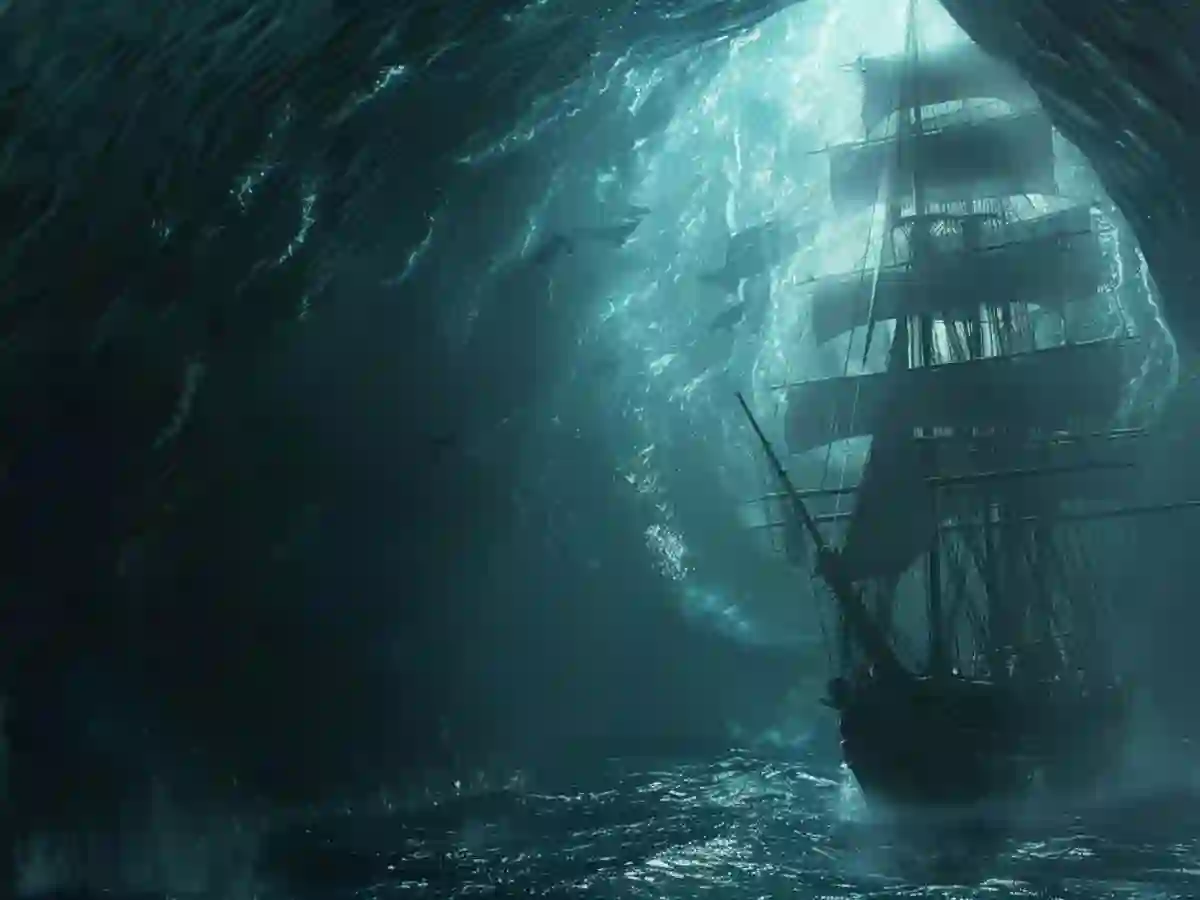Just off the coast near Stockholm, deep in Sweden’s Landfjärden Bay, archaeologists have uncovered an incredible piece of history—a shipwreck that might just be Scandinavia’s oldest example of a revolutionary shipbuilding technique known as carvel construction.
This find isn’t just about age; it opens a fascinating window into how shipbuilding evolved during a pivotal time in Northern Europe’s maritime past.
The Ship Nicknamed Wreck 5 and Its Remarkable State
The vessel, called Wreck 5 for now, dates back to the late 1400s—possibly as early as the 1460s or 1480s.
It’s roughly 30 meters long and 7 meters wide, which was huge for its era.
What’s even more remarkable is how well preserved it is.
Parts like the sternpost and rudder remain standing upright despite spending centuries underwater.
That’s almost unheard of for a ship of this age.
From Viking Clinker to Mediterranean Carvel: A Game-Changer in Shipbuilding
For hundreds of years, Scandinavian ships used the clinker method—overlapping planks like fish scales—that suited rough northern seas but limited ship size and strength.
Carvel construction, which came from Mediterranean shipbuilders, changed the game by fitting planks edge-to-edge to create smooth, stronger hulls.
This technique allowed for bigger, tougher ships that could handle cannon fire, a major advantage as naval warfare evolved in the 15th century.
Håkan Althrogg, the project lead at Sweden’s Museum of Wrecks, describes the ship as a “stunning example” of the shift from medieval to modern shipbuilding.
It’s a snapshot of a moment when Scandinavian sailors started embracing new technologies from further south.
Swedish Oak and Sophisticated Craftsmanship
Scientists analyzed the wood and found the ship was built from oak grown in southeastern Sweden’s Möre region or eastern Blekinge.
This not only confirms its Swedish roots but also hints at impressive organization in sourcing and managing timber during that period.
Scandinavian shipbuilders were clearly well connected to continental Europe, adopting and adapting techniques as part of a broader cultural and technological exchange.
Challenging Old Assumptions About Local Shipwrecks
The Landfjärden Bay has long been famous for shipwrecks, often assumed to be from Viking battles in the 11th century.
But new research shows most wrecks here are from the 1600s and 1700s.
Wreck 5 stands apart as a much older and rarer find, rewriting the story of maritime history in this area.
Cutting-Edge Digital Archaeology Preserves History
Rather than pulling the fragile ship from the seabed, researchers used advanced 3D photogrammetry to create a digital model of Wreck 5.
This allows experts to study every beam, rudder, and joint up close without damaging the vessel.
Archaeologist Jim Hansson calls this a “unique opportunity” that lets the world explore ancient craftsmanship safely and in detail.
A Bridge Between Viking Traditions and European Innovation
Wreck 5 isn’t just a shipwreck; it’s a symbol of a turning point.
It captures how Sweden’s maritime world was shifting from isolated Viking methods toward broader European influences.
This vessel marks the moment when Swedish sailors looked beyond their shores, signaling a new era of exploration, trade, and innovation.
For Sweden and the world of maritime history, Wreck 5 offers a rare, tangible link to the past—a moment when shipbuilding took a leap forward, plank by plank, steering the seas into a new age.



